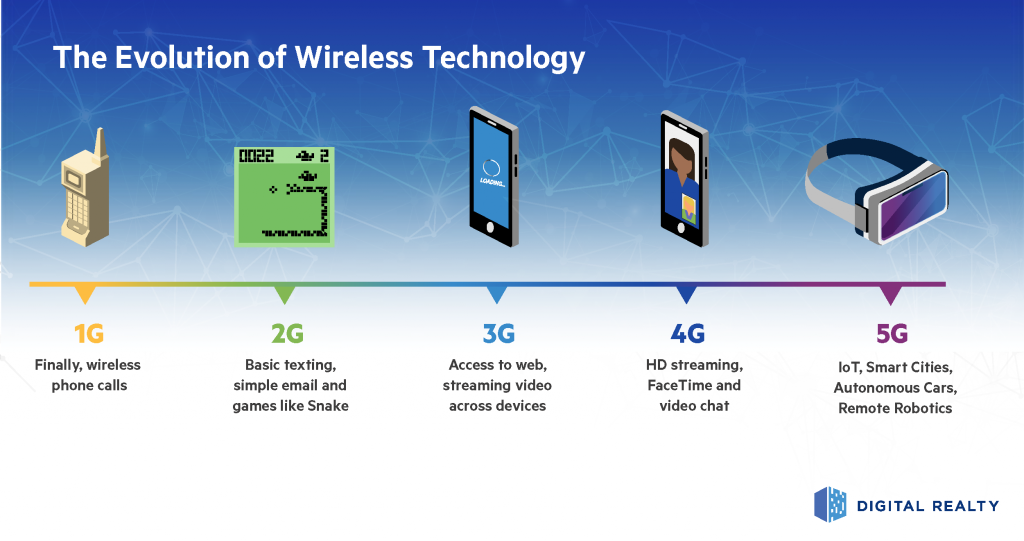Introduction: A New Era of Communication Technology
Contents
Single Input Multiple Output (SIMO) and Multiple Input Single Output (MISO) systems are essential components of modern wireless technology. These channel models offer significant enhancements in terms of capacity, data throughput, and signal quality. This article explores the terms, benefits, and differences between SIMO and MISO, including their link with MIMO systems, IEEE standards, and more.

SIMO Technology: Higher Data Throughput and Diversity
A SIMO system is defined by a transmitter that has a single antenna, while the receiver has multiple antennas. This form of antenna technology uses the concept of diversity to receive the signal at multiple antennas. By combining signals from different paths, it can significantly lower the fade occurrence and increase data throughput.

The benefits of SIMO systems include:
- Higher Level of Reception Quality: Multiple antennas enable better signal capturing.
- Improved Performance: SIMO helps in efficient processing of signals.
- Additional Bandwidth Utilization: Achieves higher capacity without using additional bandwidth.
MISO Technology: A Leap in Transmit Power and Coding Efficiency
MISO, or Multiple Input Single Output, utilizes multiple antennas at the transmitter and a single antenna at the receiver. It’s an essential form of channel capacity technology that optimizes radio signal transmission.
Key features of MISO include:
- Parallel Transmit Channels: By using space and coding together, MISO systems can transmit separate signals simultaneously.
- Increased Signal Strength: Multiple transmitters are able to focus the signal on one receiver, ensuring a higher performance level.
- Energy Efficiency: MISO technology provides good efficiency with lower power consumption.
MISO, SIMO, and MIMO: The Perfect Synergy
MISO and SIMO systems also integrate well with Multiple Input Multiple Output (MIMO) systems. MIMO technology takes the principles of both SIMO and MISO to a higher level, creating a system that uses multiple antennas at both the transmitter and receiver ends.
Here’s how they interconnect:
- Flexibility and Diversity: Together, SIMO and MISO offer diverse benefits, including additional signal strength and independent processing capabilities.
- Enhanced Capacity and Performance: Combined with MIMO, these technologies enable higher data throughput and better overall performance.
- Scalability: MISO and SIMO systems can easily adapt to different numbers of antennas, ensuring flexibility in various wireless applications.
Conclusion: The Future of Antenna Technology
SIMO and MISO systems represent a significant advancement in modern wireless technology. By defining new ways to process and transmit data, they enable higher capacities, more reliable links, and increased performance.
These technologies are not only beneficial to the development of products and services, but they also hold promise for the future of communication systems. For more detailed information, please contact our website, where we offer various resources and well-researched insights into these remarkable technologies.


